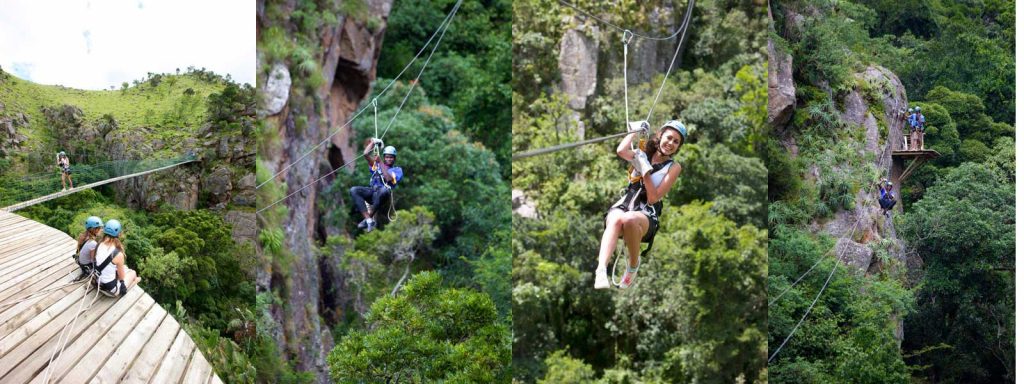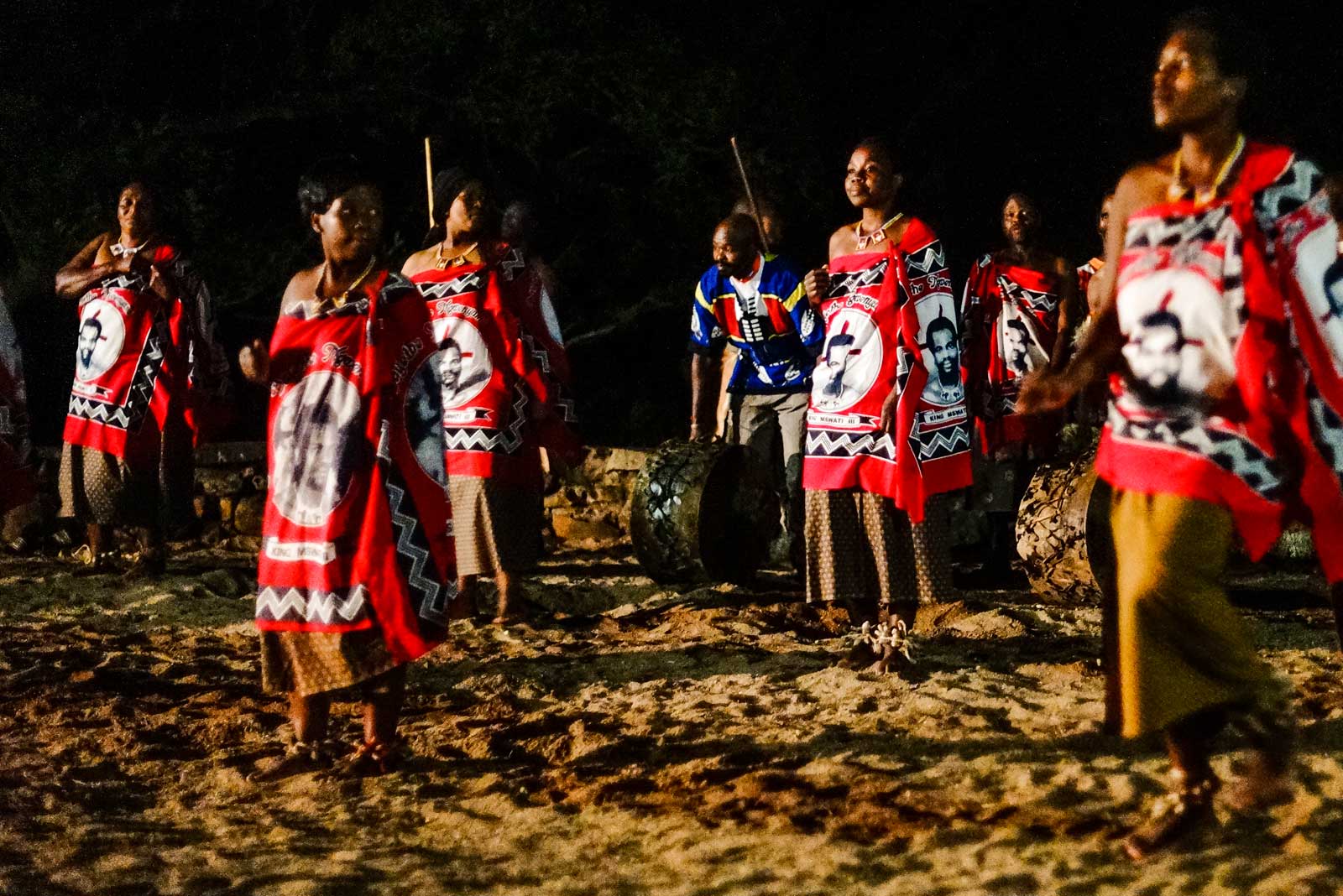One of Africa’s smallest countries, ruled by a king, and landlocked by South Africa and Mozambique; the Kingdom of Swaziland holds enigmatic beauty within its diminutive borders. It lies on the fault line that carved the Drakensberg Mountains and the Great Rift Valley, and it supports a diversity of wildlife, including endemic residents, which can only be seen in some of Swaziland’s celebrated parks and reserves. Think over 500 species of birds, including a number of globally threatened individuals, and the South-central black rhino, to whet your safari appetite; while ancient human history lies in relics throughout the country, and wild botany is cherished in protected areas. Swaziland is rich in culture, unusual wildlife, and natural splendour, and it is easily incorporated into a southern African travel itinerary. This is our idea of Swazi Gold: 5 Best Things to do in the Kingdom of Swaziland.
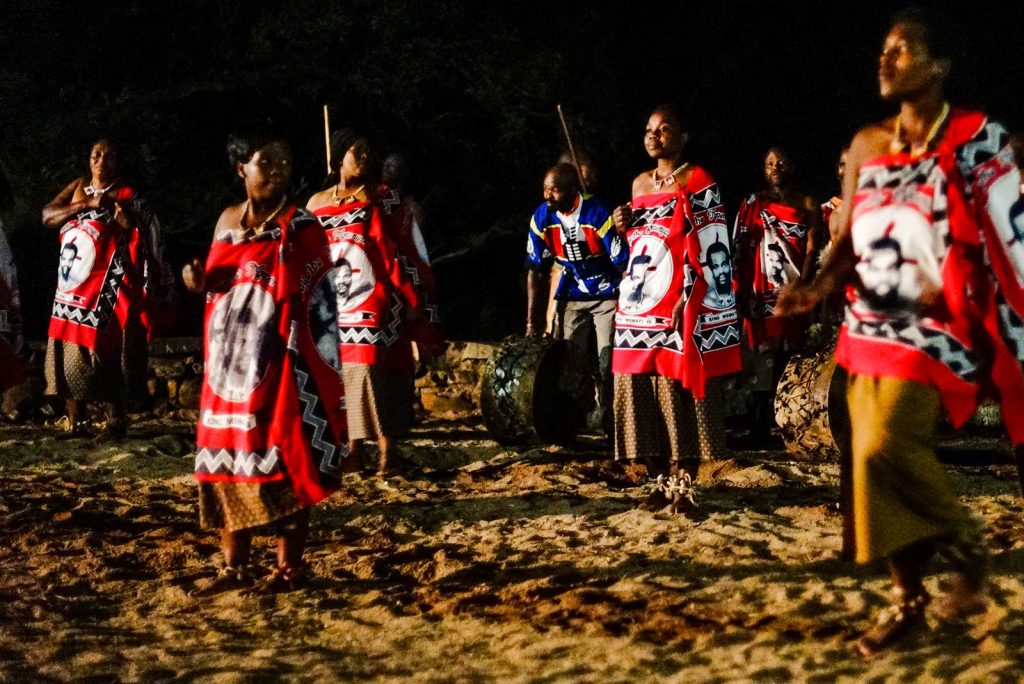
Horse Riding in Mlilwane Wildlife Sanctuary
Horseback safaris are one way to dissolve into nature and survey the wild terrain as a part of it all. Without the sound of a rumbling vehicle to drown out the softer sounds of nature, and without the vulnerability of being on foot to hinder the game viewing potential; a horseback safari opens every sense and makes you one of the crowd. Mlilwane Wildlife Sanctuary is one of the best places in Swaziland to ride into the distance and trot along mountain trails among herds of zebra and wildebeest without raising the alarm. This wildlife sanctuary is situated in Ezulwini Valley, which means ‘the valley of Heaven’, and its name – Mlilwane – means ‘little fire’, which tells the story of the many fires that once burned here due to lightening strikes. It is a mysterious and scenically magnificent area, best explored on the back of a horse.
There is a variety of accommodation offered at afforable prices, making this a superb stop in a well travelled area of Swaziland. Our favourite rooms might be the beehive huts, which are unique and basic, perfectly blended with the environment.
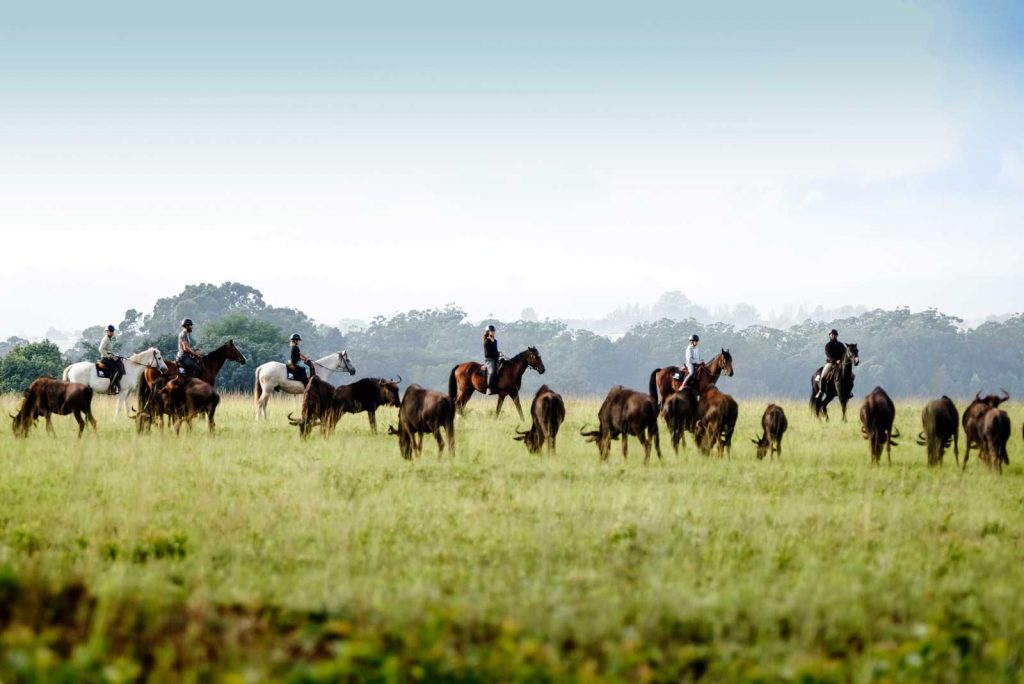
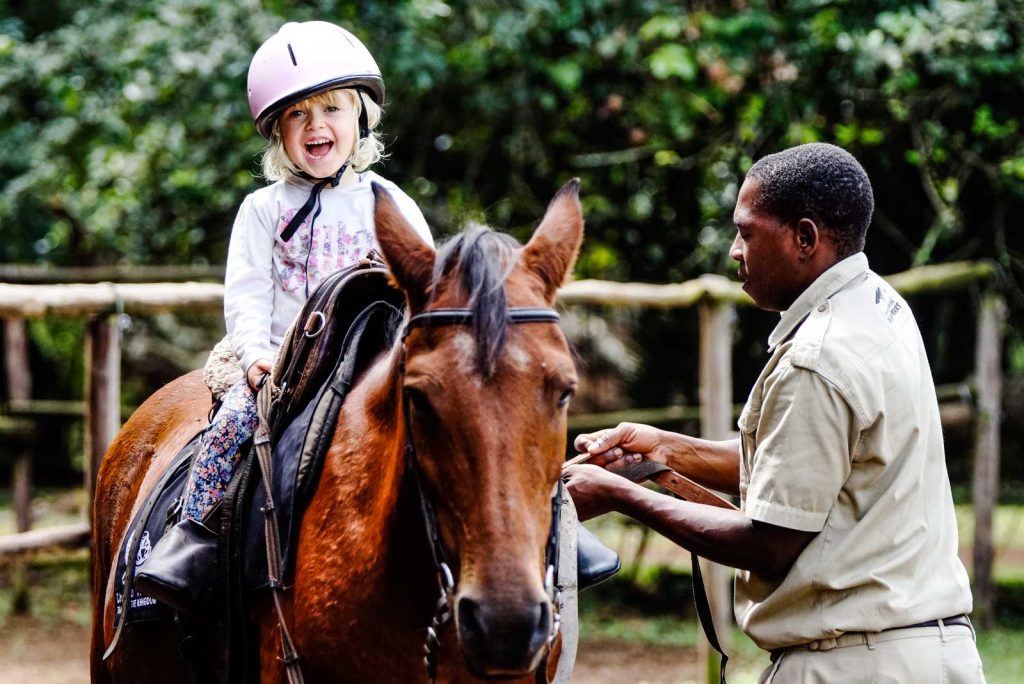
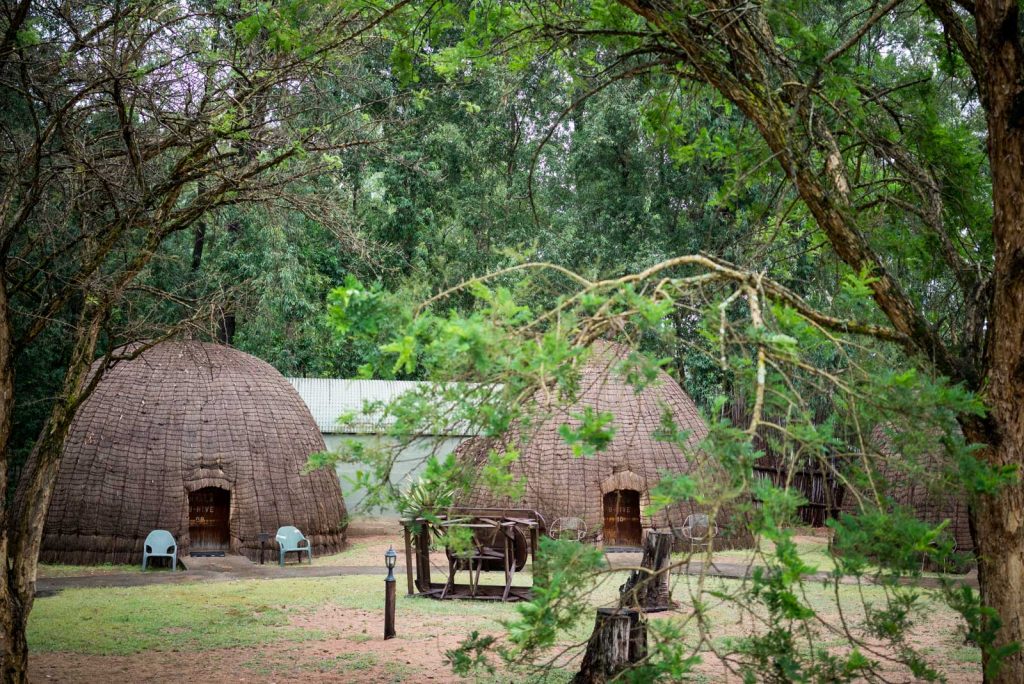
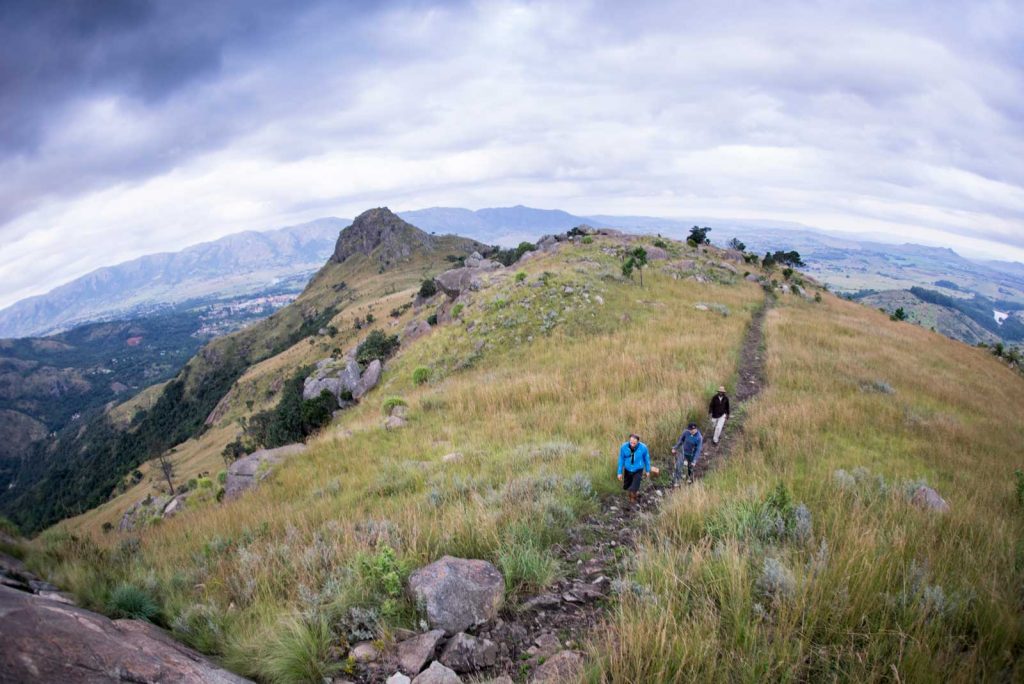
Safari in Hlane Royal National Park
Hlane Royal National Park is Swaziland’s flagship, home to large herds of game and 4 of the Big 5 (no buffalo). Hlane means ‘wilderness’ in siSwati, which perfectly describes this 22 000-hectare conservation area, which is a vision of mountainous ridges and green, shimmering valleys, housing Africa’s largest breeding population of endangered white-backed vultures. The beauty of Hlane is that you can enjoy it as a self-catering, self-driving family adventure, or check in and book activities with trained guides to take you around in an open-air game viewer. If you’re out to cruise around in your private vehicle, there are public game drive routes through an area of the park where herbivorous animals dwell; but if you’d like to see where lions and elephants roam side by side, you’ll have to book a game drive with the park. Check out the guided bicycle trails, and walking safaris for some extra adventure.
There are two places to stay in Hlane: Bhubesi Camp and Ndlovu Camp, which are both simple and charming. Bhubesi Camp is more private with only a handful of self-catering cottages, while Ndlovu Camp has gas and paraffin-run rondavel huts and a public campsite.
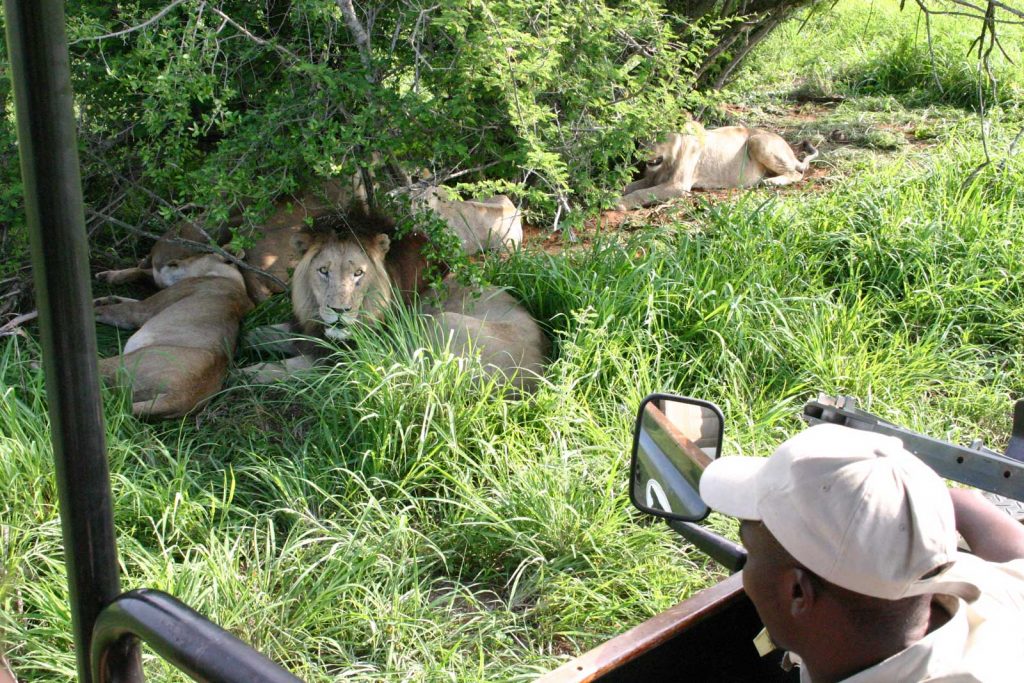
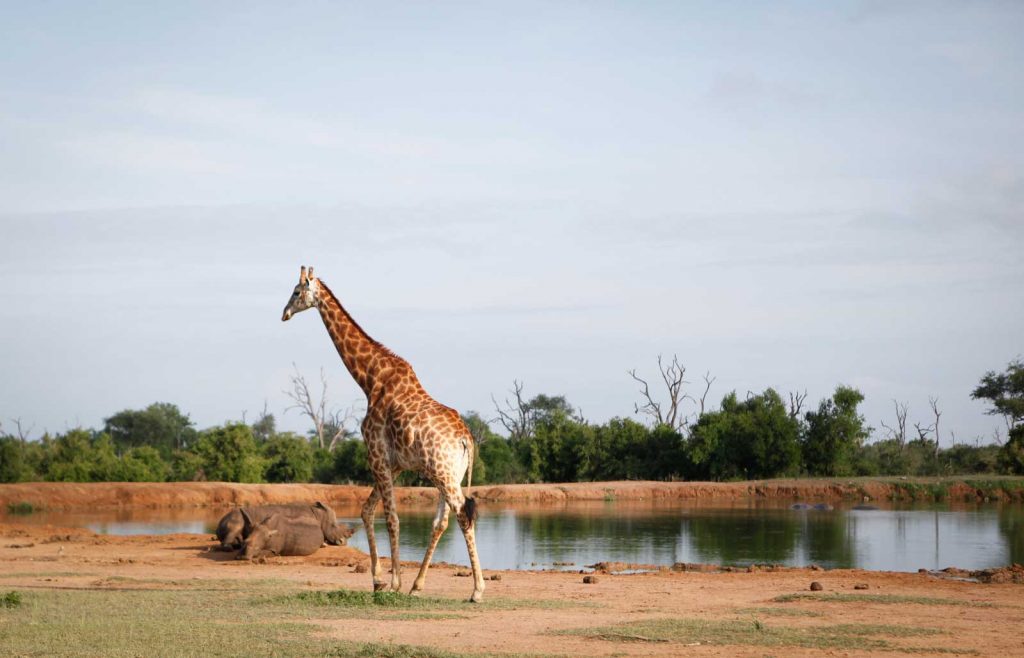
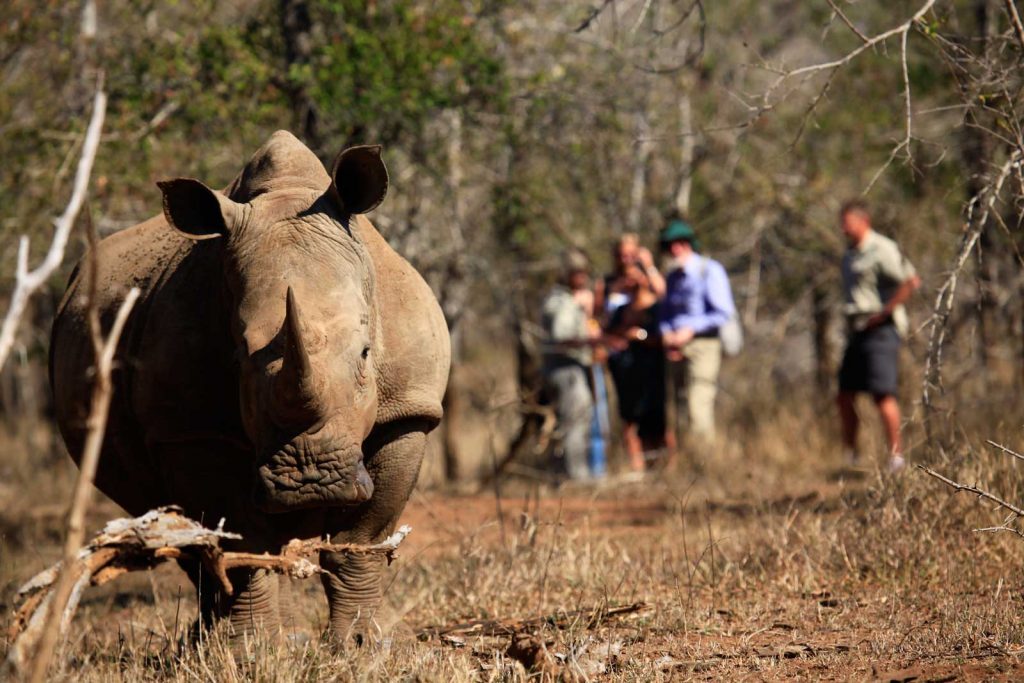
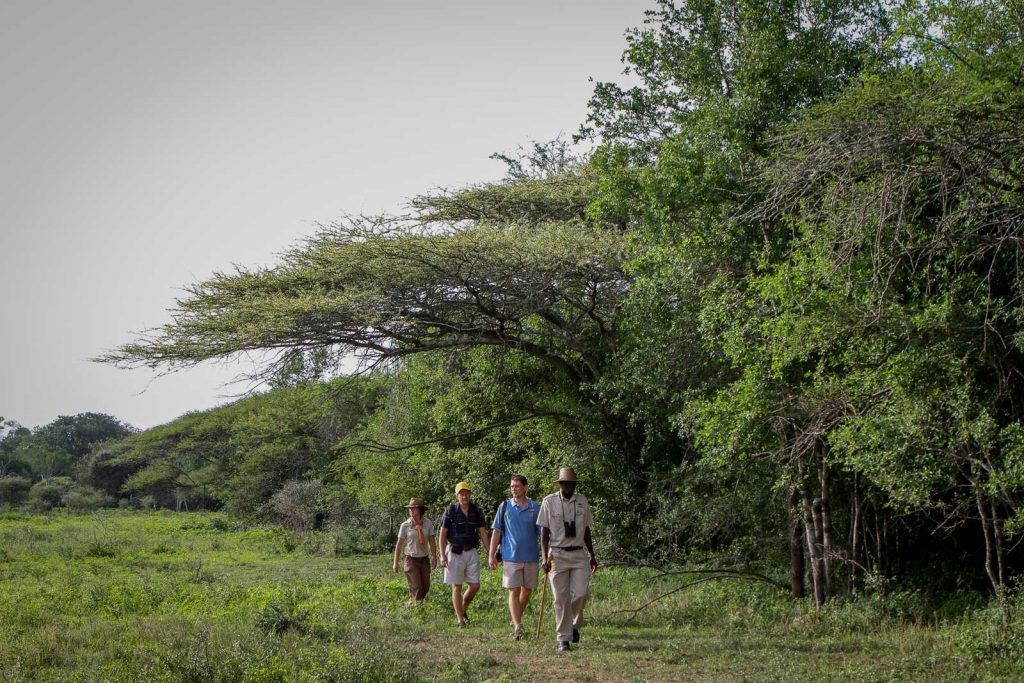
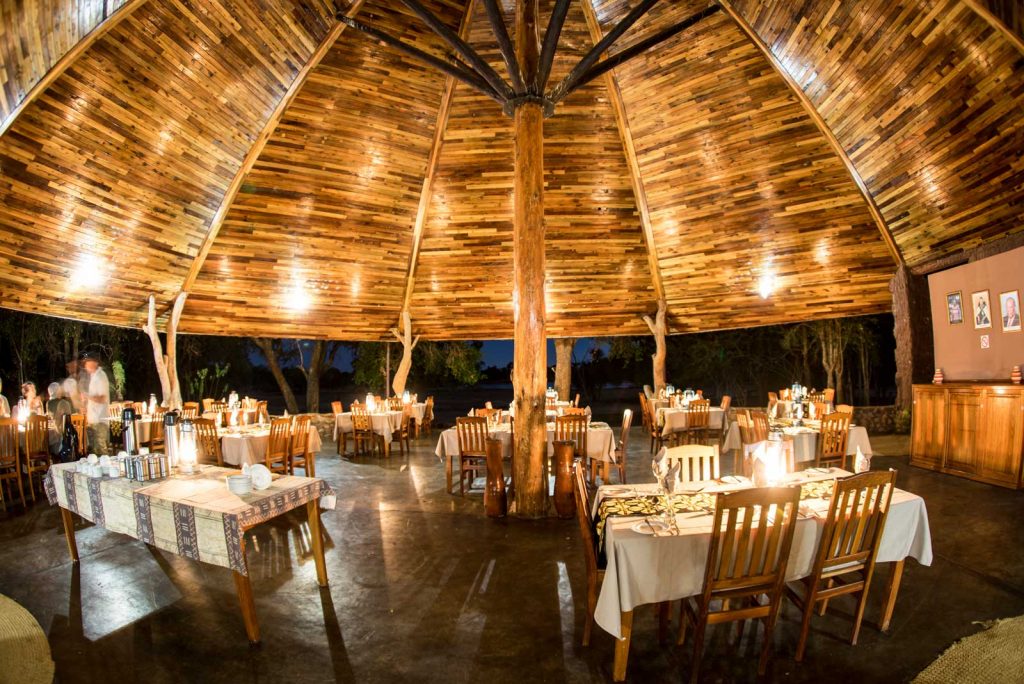
Summerfield Botanical Gardens
A little slice of luxury can be found in the heart of Manzini, where a lush celebration of Swaziland’s biodiversity lies in Summerfield Botanical Garden. Here, the luxury Summerfield Boutique Hotel is a superb wedding venue, or a place to sit down to something refreshingly cold and utterly tasty while surrounded by the Kingdom’s preserved flora, completed by tinkling birdsong. The idea behind Summerfield is to promote sustainable tourism and to enhance the quality of life through the conservation of nature; after all, the two are dependent on each other. This peaceful, tranquil abundance of nature is a blissful retreat that feels almost out of Africa entirely.
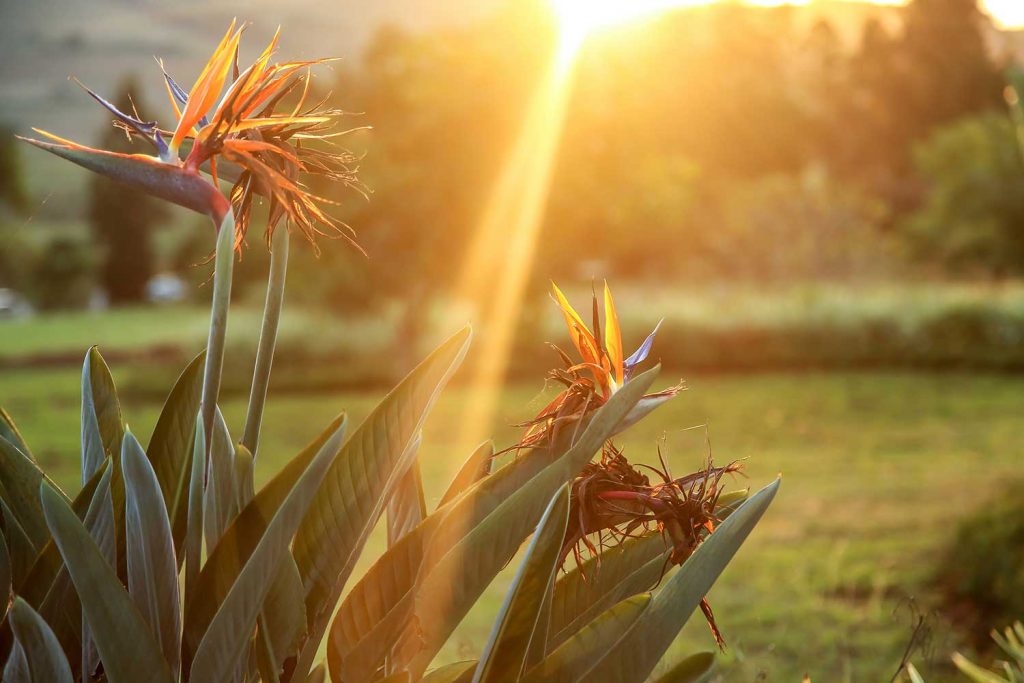

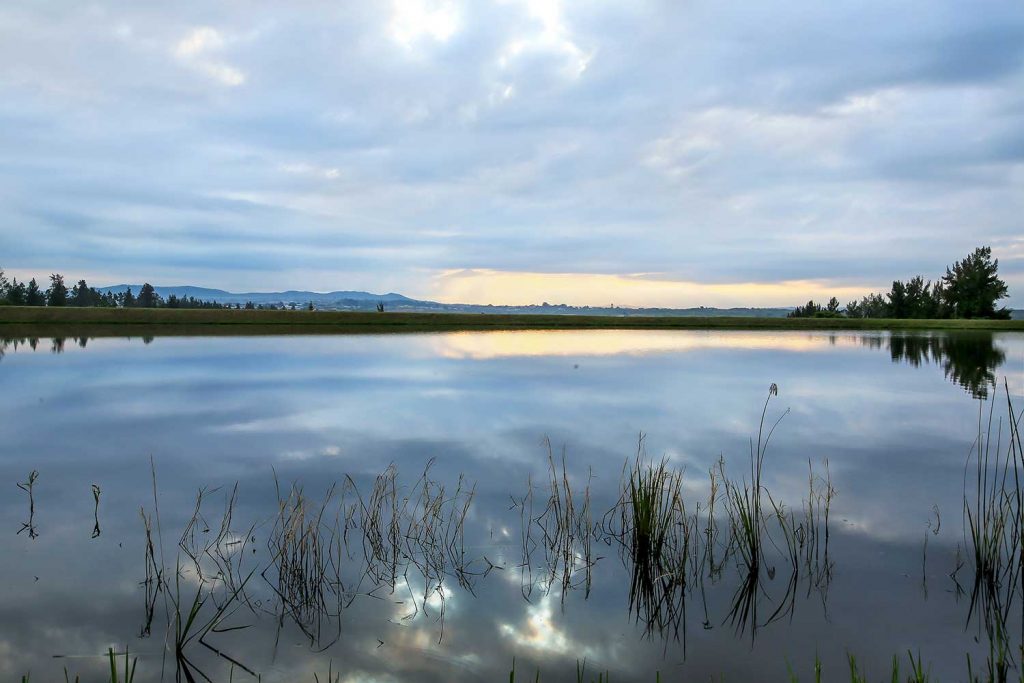
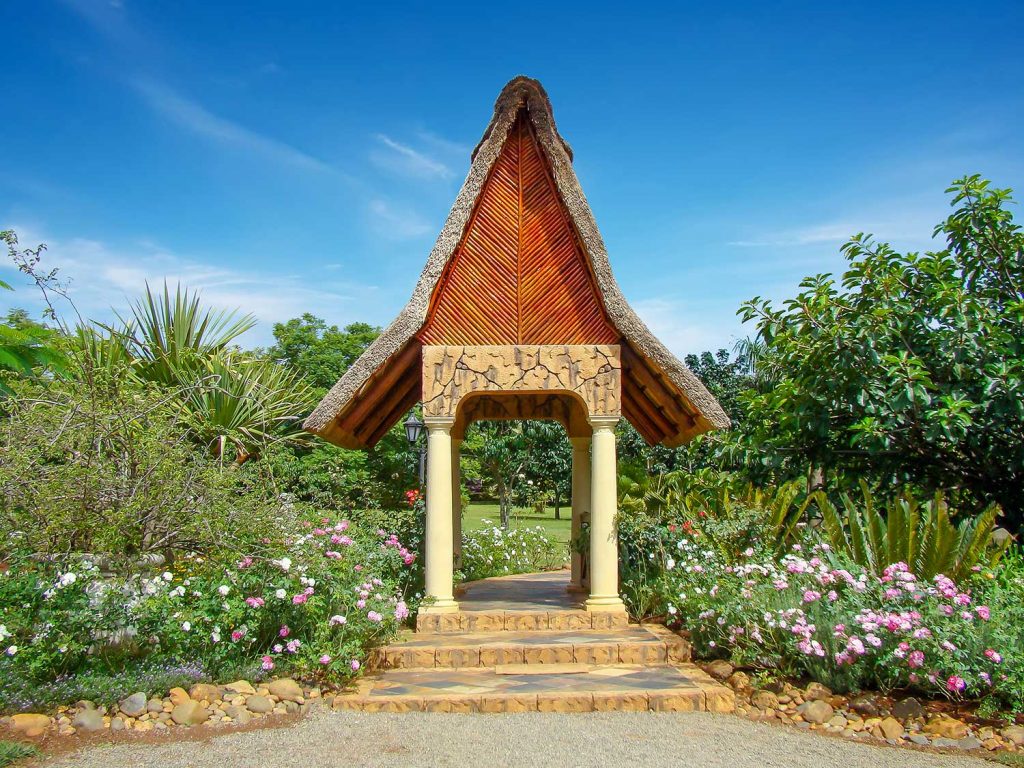
Nsangwini Cave Shelter Rock Paintings
Perhaps the most fascinating of all the Swazi attractions, the rock art in the Nsangwini Cave Shelter is a surreal depiction of the human life that roamed the mountainous terrain many hundreds and thousands of years ago, way before colonisation. The art, painted on the interior cave walls in ochre and animal blood, belong to the ancient San, who were nomadic hunter-gatherers. Their paintings can be found in specially protected sites in various places in southern Africa, but few sites have such clear and descriptive imagery as Nswangwini. It is said that the wildebeest images painted here are the only ones south of the Zambezi. The 20-30-minute hike to get to the site is well worth it, and aside from this site being the location of treasured relics of early people, it is also a community project which benefits the people and the country through ecotourism.
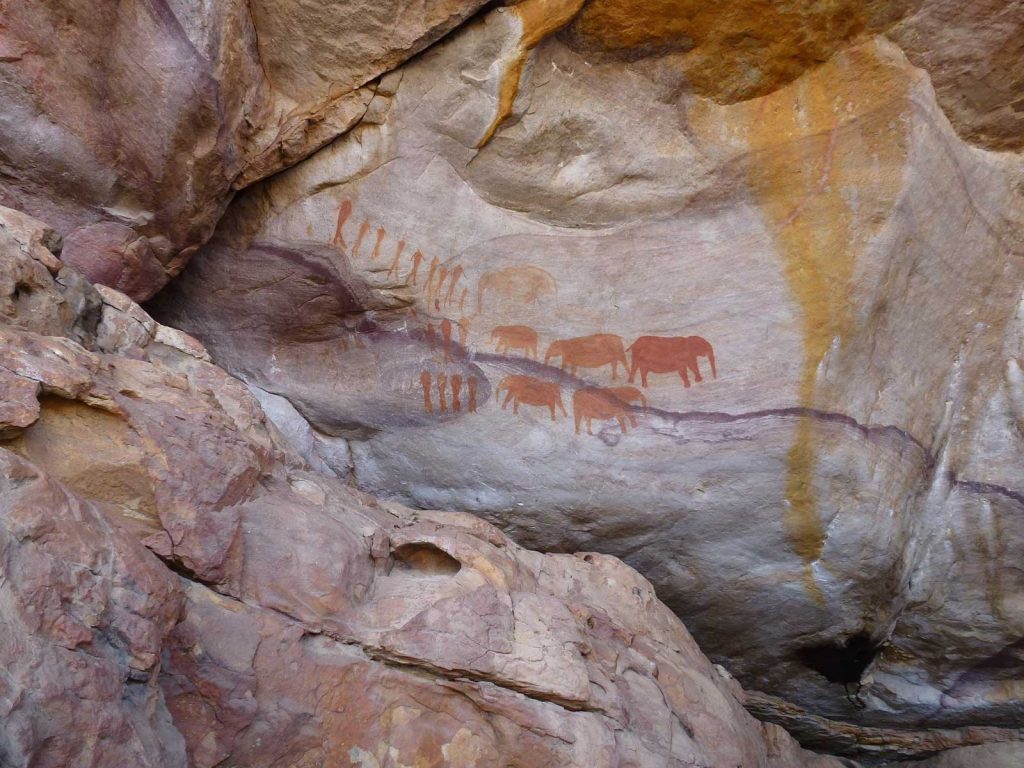
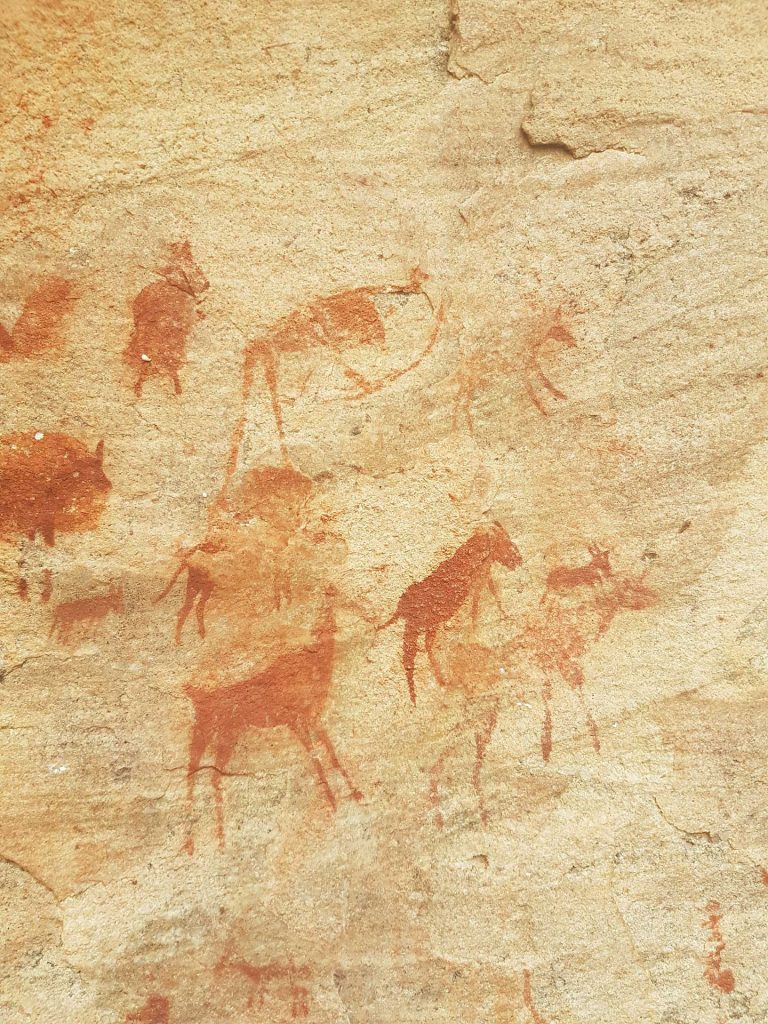
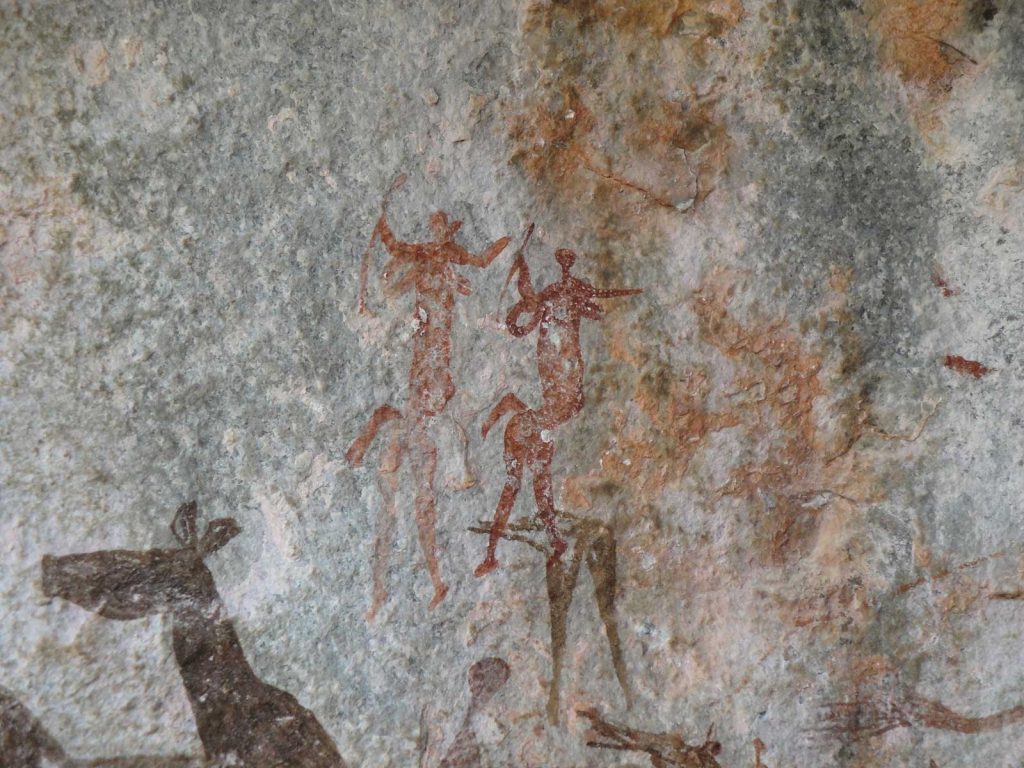
Malolotja Canopy Tour
Ziplining through the green forests, above the tree tops, and among the rock formations that have become overgrown with indigenous plant life and host an abundance of birds and wildlife; sounds like heaven to the nature loving adventurer! The Malolotja Canopy Tour experience is refreshing and invigorating, and it is incredible fun that should not be missed on a trip around Swaziland. Set within the forested Sihlotswane gorge, adjacent to the famous Malolotja Falls, the 3-hour canopy tour consists of 11 elevated platforms, 10 slides and a 50m-long suspension bridge over the Majolomba River. This is the last remaining forested wilderness in Swaziland and it is rich with birdlife, beautiful geology, and adrenalin pumping slides finished off with refreshments back at base. Don’t miss it!

